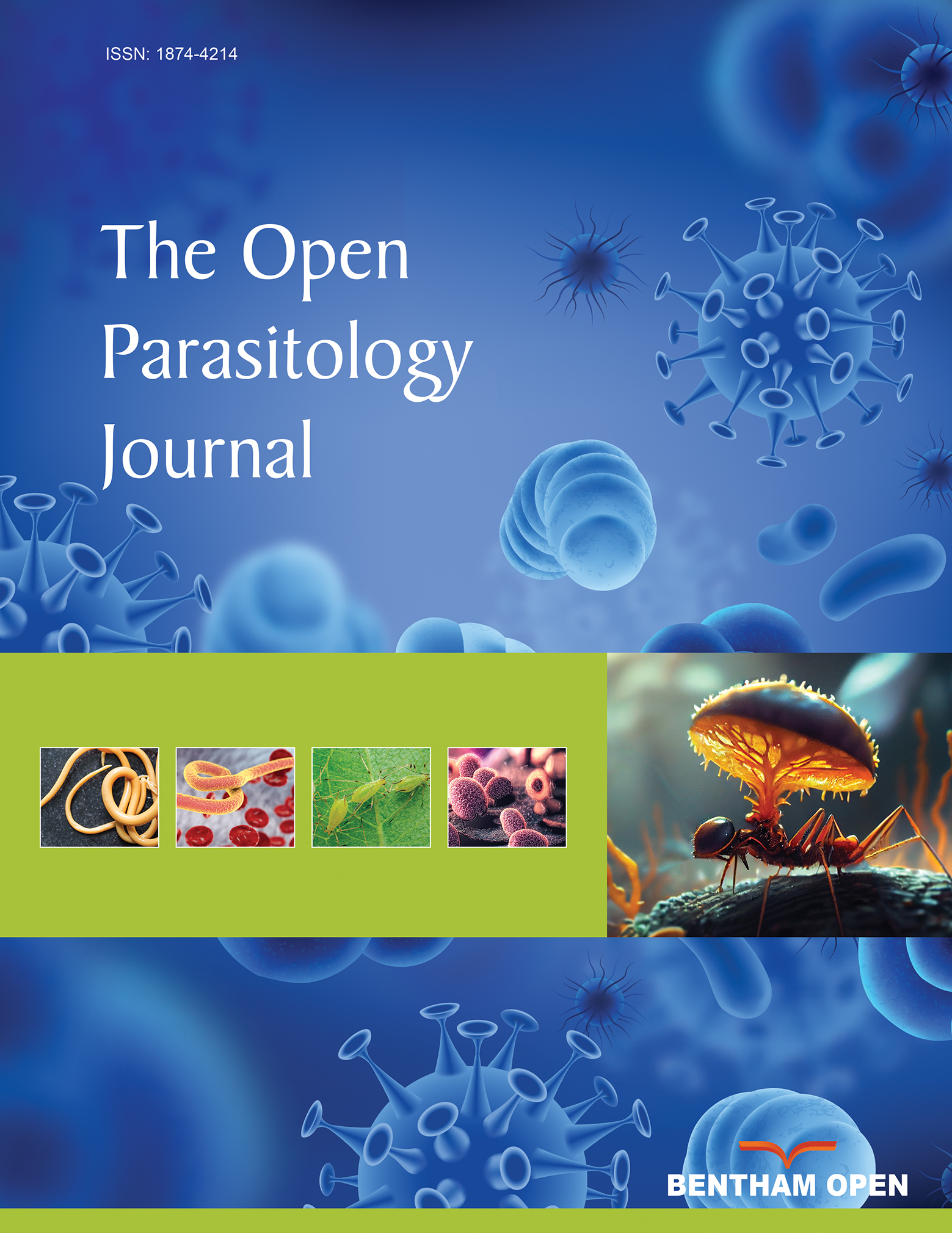All published articles of this journal are available on ScienceDirect.
Bats (Chiroptera) as Vectors of Diseases and Parasites: Facts and Myths: A Book Review
Bats are numerous, diverse, and widespread throughout the world. They are always misunderstood and often associated with horror stories. Recently, the importance of bats as natural carriers of coronaviruses was highlighted. The book “Bats (Chiroptera) as Vectors of Diseases and Parasites: Facts and Myths” is an edited collection, consisting of 10 chapters, with contributions by 16 authors on bats and their importance, especially as transmitters of pathogens and diseases. The first chapter is titled: “The World of Bats”. It is a general introduction to the whole book; it highlights the general characteristics and uniqueness of bats among other mammals. The author makes an analogy between the nocturnal activity of these creatures and the several myths about them. The second chapter is titled: “The Astonishing Morphology of Bats”. It outlines not only the systematic position of bats among other mammals, but also their morphology, food, feeding behaviours, social behaviour, reproduction, distribution, geographic range, parasites, role as victims and vectors of diseases, myths and misunderstandings concerning bats.
The third chapter is titled: “Bats as Potential Reservoir Hosts for Vector-borne Diseases”. It examines pathogens probably transmitted between both bats and humans via haematophagic insects. The authors in this chapter briefly reviewed and discussed a total of 20 viruses from four different families as well as two parasites, which have been detected in bats, in haematophagous insects and in humans. The fourth chapter is titled: “Bat Endoparasites: A UK Perspective”. It elucidates the bats’ rich community of endoparasites in UK as haematozoa, gastrointestinal parasites, and Toxoplasma gondii. The significance of bat as a natural reservoir of T. gondii is questioned. The topic of bat health and parasitic infections is also discussed. The fifth chapter is titled: “Macroparasites of Microchiroptera: Bat Ectoparasites of Central and South America”. It analyses the data of the recorded parasites and hosts derived from 20 South and Central American countries. Although the authors have reviewed many bats’ ectoparasite records from this area, they confirm that the bat species of the Neotropics are still understudied and new distributional records of bats are reported regularly.
Chapter six, “Parasitic Bat Flies (Diptera: Streblidae and Nycteribiidae): Host Specificity and Potential as Vectors”, briefly discusses the biology of bat flies and the contemporary view of host specificity. Chapter seven, “No Myth but Reality: Blood Licking Bats”, does not only review the species of blood licking bats but also explains why bats are perceived as flying malicious followers of evil powers, although the majority of them never attack humans. The eighth chapter is titled: “Vampirism in Medicine and Culture”. This chapter tackles many interesting topics such as vampire in Southeast European Folklore, the association between vampire delusion and bat, vampirism and medicine, vampirism as a metaphor, and vampirism and esotericism. Finally, the last two chapters are titled: “Unsolved and Solved Myths: Chupacabras and “Goat-Milking” Birds; and “Myth and Reality: Candiru, the Bloodsucking Fish that may enter Humans”, respectively. These two chapters are based on the main theme: Mystic killers.
One of the book’s key merits is that it attempts to include nearly all aspects related to bats in science and myths in one area. That is why all authors concentrate on the same topic, but from different perspectives. The study provides a variety of topics related to bats in biology, medicine, and mythology as represented in different cultures. The intended audience is those interested in bat research work, physicians, public health practitioners, veterinarians, instructors and students whose very objective is to expand their knowledge of biology. It also considers non-experts interested in biological issues. The importance of the topics discussed in this book is central to our recent world health conditions: bats have received attention as a potential natural reservoir for several agents of emerging zoonotic diseases. This assessment is sustained by the discovery of bat SARS-like coronaviruses and the recent worldwide spread of COVID-19 as a pandemic.
In my opinion, when referring to bats as animal hosts of pathogens, one should hinge on the term “carrier” instead of the term “vector”. One of the book’s weaknesses is the discussion of some topics that are not connected with bats, especially the last two chapters that are out of the scope. In doing so, the book contradicts itself since its main title relies on the term “monographs”. It is much better to add a chapter dealing with the ecological importance of bats and their conservation, instead of the above-mentioned two chapters.
CONSENT FOR PUBLICATION
Not applicable.
FUNDING
None.
CONFLICT OF INTEREST
The author declares no conflict of interest, financial or otherwise.
ACKNOWLEDGEMENTS
Declared none.


